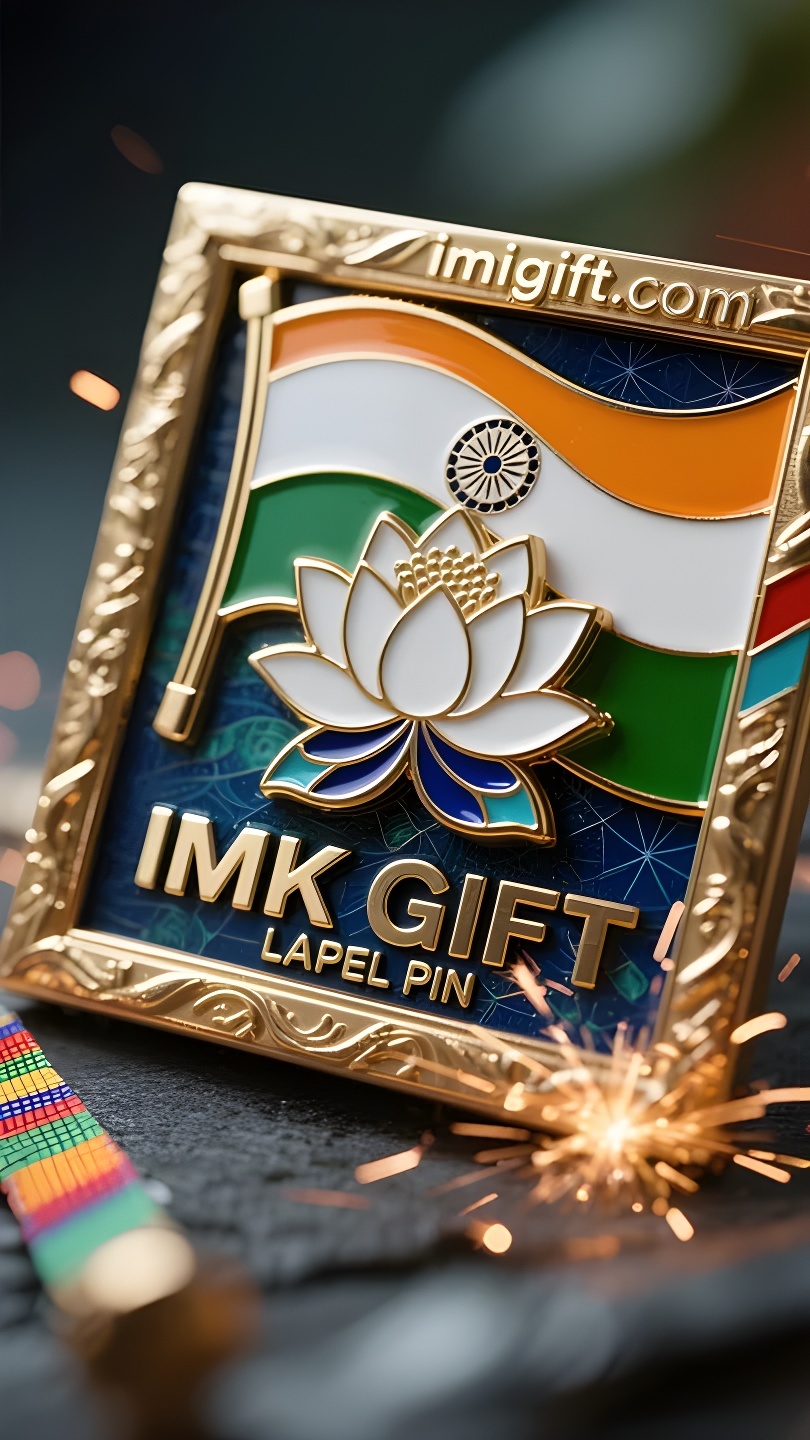in983-कमल-क-आक-र-म-सभ-यत-स-ह-त-भ-रत-य-ध-वज-भव-ष-य-क-र-शन-करत-ह
▼
अगस्त में भारत की सड़कों पर नारंगी, सफेद और हरे रंग का राष्ट्रीय ध्वज कमल के आकार के फ्रेम में दिखाई देता है। यह न केवल स्वतंत्रता दिवस समारोह की सजावट है, बल्कि सभ्यता की विरासत का रूपक भी है। कमल के आकार की सामंजस्यपूर्ण संरचना इस प्राचीन देश की विविधता को अपनाने और आम सहमति बनाने की बुद्धिमत्ता के समान है। भारतीय ध्वज के प्रत्येक रंग का गहरा अर्थ है: नारंगी साहस की ज्वाला है, सफेद सत्य की पवित्रता है, और हरा जीवन की शाश्वतता है। 24 तीलियों वाला केंद्रीय “अशोक चक्र” दिन-रात अंतहीन प्रगति का प्रतीक है। लेकिन इससे भी अधिक दिलचस्प बात यह है कि राष्ट्रीय ध्वज के चारों ओर कमल का फ्रेम बना हुआ है – यह न तो बंद बेड़ी है और न ही कोई तुच्छ सजावट है। कमल की 24 पंखुड़ियां धर्म चक्र की तीलियों के साथ मिलकर एक गतिशील संतुलन बनाती हैं: पंखुड़ियां बाहर की ओर फैली हुई हैं, जबकि जड़ें मिट्टी में गहराई तक जमी हुई हैं, ठीक उसी तरह जैसे भारतीय सभ्यता अपनी आध्यात्मिक जड़ों से जुड़े रहते हुए भी परिवर्तन को अपनाती है। हिंदू धर्म में, कमल “अराजकता से उत्पन्न, फिर भी पवित्र और निष्कलंक” का प्रतिनिधित्व करता है, और फोटो फ्रेम की गोलाकार रूपरेखा “ब्रह्म और आत्मा एक हैं” के दर्शन को प्रतिध्वनित करती है। जब राष्ट्रीय ध्वज को इस तरह के ढांचे में रखा जाता है, तो यह एक राजनीतिक प्रतीक के अर्थ से ऊपर उठ जाता है और प्रत्येक नागरिक के लिए एक आध्यात्मिक दर्पण बन जाता है: चाहे उनकी जाति या विश्वास कितने भी भिन्न हों, वे सभी अपनी सामान्य सांस्कृतिक जड़ों में अद्वितीय चमक के साथ चमक सकते हैं। आज का भारत इस कमल के फूल की तरह है – जिसका लंगर परंपरा है और पाल खुलापन है। यह हमें याद दिलाता है कि सच्ची एकजुटता मतभेदों को खत्म करने में नहीं, बल्कि विविध मूल्यों के लिए सहजीवन का आधार बनाने में निहित है। जब हर पंखुड़ी प्रकाश की ओर बढ़ेगी, सभ्यता का स्मारक मजबूती से खड़ा रहेगा।
On the streets of India in August, the orange, white and green national flag stands out in the lotus-patterned photo frame. This is not only a decoration for the Independence Day celebration, but also a metaphor for the inheritance of civilization – the harmonious structure of the lotus photo frame is just like the wisdom of this ancient country to embrace diversity and build consensus. The colors of the Indian flag have their own meanings: orange is the flame of courage, white is the purity of truth, and green is the eternity of life. The “Ashoka Wheel” in the center symbolizes the progress that never stops day and night with its 24 spokes. But what is more intriguing is the lotus photo frame surrounding the national flag – it is neither a closed shackle nor a superficial decoration. The 24 petals of the lotus coincide with the spokes of the Dharma Wheel, forming a dynamic balance: the petals stretch outward, but the roots are deeply rooted in the soil, just like Indian civilization embraces change while adhering to its spiritual foundation. In Hinduism, the lotus represents “born from chaos and holy and untainted”, and the circular outline of the photo frame echoes the philosophy of “Brahman and Atman are one”. When the national flag is placed in such a frame, it transcends the meaning of a political symbol and becomes a spiritual mirror for every citizen: no matter how different races and beliefs are, they can bloom with unique brilliance in the common cultural roots. Today’s India is just like this lotus frame – anchored by tradition and sailing with openness. It reminds us that true unity does not lie in eliminating differences, but in building a fulcrum for the coexistence of diverse values. When every petal grows towards the light, the monument of civilization will stand firm.
八月的印度街头,橙、白、绿三色国旗在莲花纹样的相框中格外醒目。这不仅是独立日庆典的装饰,更是文明传承的隐喻——莲花相框的圆融结构,恰如这个古老国度包容多元、凝聚共识的智慧。
印度国旗的色彩各有深意:橙色是勇气的火焰,白色是真理的纯粹,绿色是生命的永恒。而中央的“阿育王轮”以24根辐条象征昼夜不息的进步。但更耐人寻味的是环绕国旗的莲花相框——它既非封闭的枷锁,亦非虚浮的装点。莲花的24片花瓣与法轮辐条暗合,构成动态平衡:花瓣向外舒展,根系却深扎泥土,恰似印度文明既拥抱变革,又坚守精神根基。
莲花在印度教中代表“生于混沌而圣洁不染”,相框的圆形轮廓则呼应着“梵我一如”的哲学。当国旗被置于这样的框架中,便超越了政治符号的意义,成为每个公民的精神镜鉴:无论种族、信仰如何差异,都能在共同的文化根系中绽放独特光彩。
今日印度正如这莲花相框——既以传统为锚,又以开放为帆。它提醒我们:真正的团结,不在于消除差异,而在于为多元价值构筑共生的支点。当每一片花瓣都朝着光明生长,文明的丰碑自会屹立不倒。
▼
Contact Us
📞 Tel: +0086-760-85286839
📧 Email: sales3@imkgift.com








